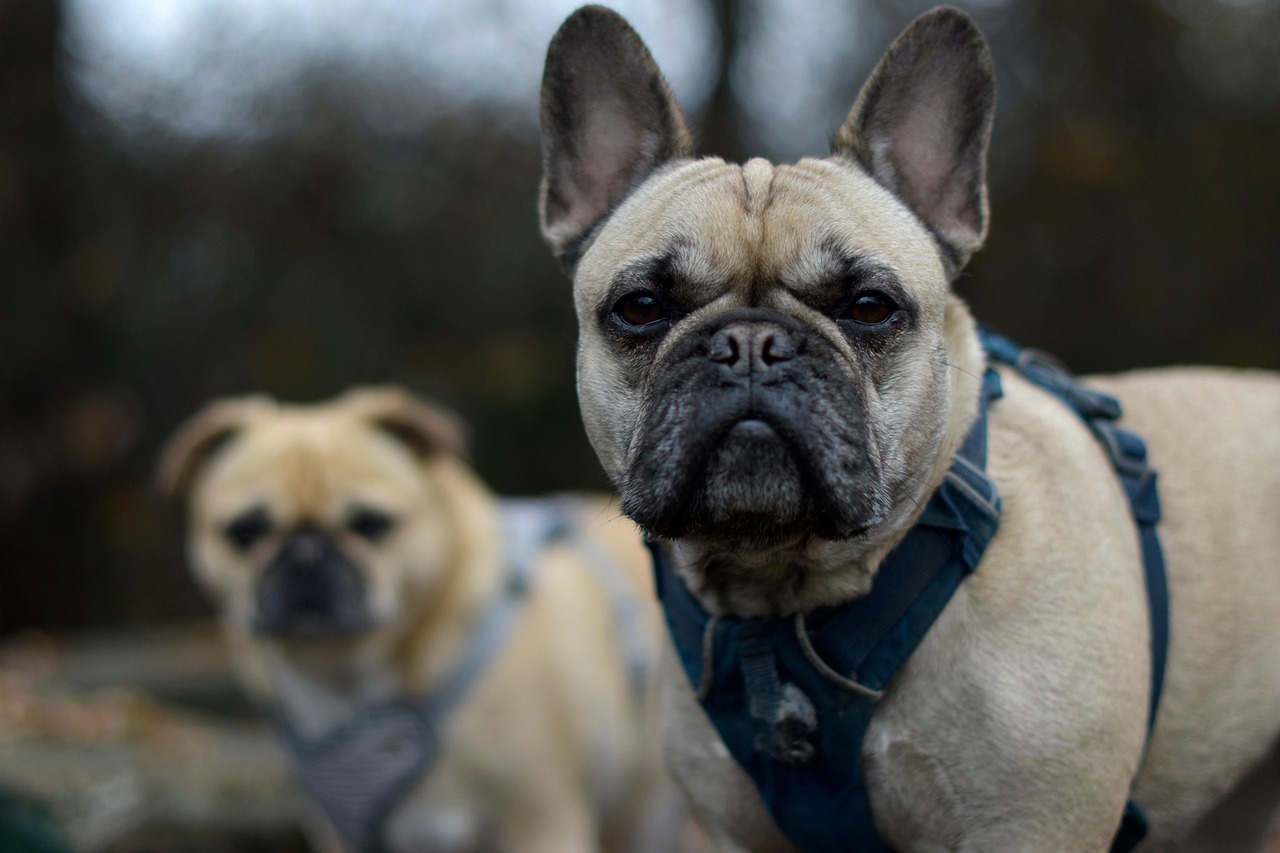Dog Training for Kids: 10 Fun and Effective Techniques
Dog training can be a great way for your children to learn about responsibility and the importance of consistent behavior. Not only does it improve the bond between your child and the pet, but it also provides an opportunity for your kid to develop valuable life skills. This guide will help you understand how to facilitate dog training for kids.

Understanding the Concept
Before your child starts training the dog, it’s essential for them to understand the principles of dog behavior and learning. Dogs, like humans, learn through repetition and rewards. This is the foundation of positive reinforcement training, often the best method for children to use when training their dogs.
Positive Reinforcement Training
Positive reinforcement involves rewarding the dog for good behavior, encouraging them to repeat it. This is usually done with treats, but praise and petting can also work as rewards. The key is consistency and immediate reward so that the dog associates the correct behavior with the reward.
Making It Fun
To ensure both your child and the dog enjoy the training sessions, turn them into games. This can involve hiding a toy and asking the dog to find it or using a game of fetch to teach the dog how to “drop it.” This adds an element of fun to the learning process, making it more likely for your child AND dog to participate eagerly.
Transferring the Dog’s Respect to the Child
It’s crucial that the dog respects the child as an authority figure, or else the training might not be effective. This respect can be established by having the child take over feeding or walking duties. It’s also important that the dog sees the child participate in the training process directly, be it sitting next to you during a training session to understand how it works or by following your commands.

Frequently Asked Questions
What is the appropriate age for a child to start training a dog?
The best age largely depends on your child’s maturity and responsibility levels. However, children as young as five years old can be involved in basic training, such as teaching the dog to sit or stay.
How can I encourage my child to train our dog regularly?
Create a schedule with your child and stick to it. Consistency is crucial in dog training. You can also encourage your child by setting goals and rewarding them when they achieve these.
What if our dog doesn’t listen to my child?
Ensure your child is using the correct commands and isn’t yelling. If this doesn’t help, you may need to reestablish respect between your child and the dog, as mentioned earlier.
Are there any safety considerations for kids training dogs?
Never leave a young child alone with a dog, even if they’re in training. Always be present to supervise. Also, ensure your child knows not to touch the dog while it’s eating or to startle it while it’s sleeping.
My dog being trained by my child acts differently with me and other adults. Why?
This could be because the dog has associated different behaviors with different persons. Ensure everyone in the family is being consistent with the commands and responses to ensure uniform behavior from the dog.
Conclusion
Dog training for kids can be a rewarding activity that aids in teaching responsibility, patience, and empathy. The process can build a stronger bond between your child and your furry family member. Incorporating games and fun into the training can ensure it remains an activity that your child and your dog look forward to. Always remember to supervise the sessions to ensure the safety of both your child and the dog.



